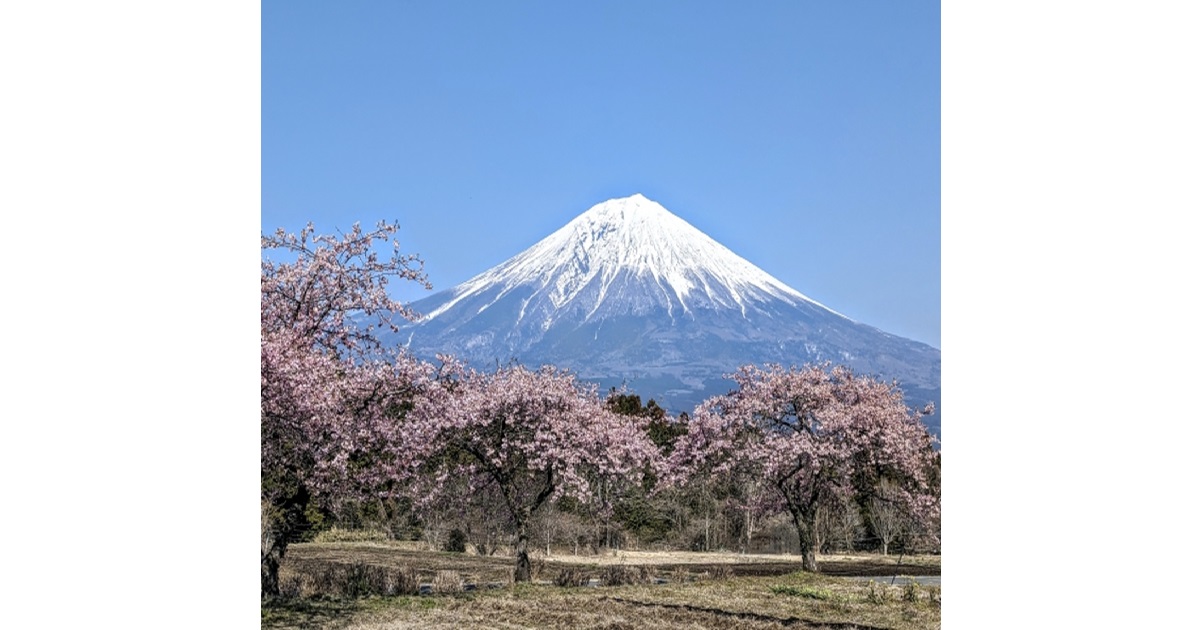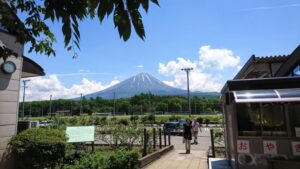Climbing Mt. Fuji, the iconic symbol of Japan, and watching the sunrise from its peak is a once-in-a-lifetime experience.
But you might be thinking, “I’m not an experienced hiker…” Don’t worry!
This guide will walk you through everything a beginner needs to know to conquer Mt. Fuji safely and enjoyably.
Important: Know Before You Go
Before you even start planning, understand these crucial points.
1. The Climbing Season is Short
The official climbing season is from early July to early September.
Climbing outside this period is extremely dangerous due to severe weather and lack of facilities.
It should be avoided by all but the most expert mountaineers.
2. Mt. Fuji is a Serious Mountain
At 3,776 meters (12,388 ft), this is not a casual hike.
You need proper gear, preparation, and respect for the mountain.
Altitude sickness is a real risk.
3. Expect Crowds
The trails can get very crowded, especially on weekends and during the Obon holiday in mid-August.
If possible, a weekday climb is highly recommended.
Choosing Your Route: The Best for Beginners
There are four main routes to the summit.
For beginners, the choice is clear: the Yoshida Trail (吉田ルート).
It is by far the most popular and well-equipped route, making it the best choice for first-time climbers.
- Numerous mountain huts for resting.
- Separate ascending and descending paths to ease congestion.
- First-aid stations available.
- Ascent Time: Approx. 6 hours
- Descent Time: Approx. 4 hours
The other three routes (Fujinomiya, Subashiri, Gotemba) are more challenging and recommended for more experienced hikers.
Planning Your Climb: The 2-Day Itinerary
To prevent altitude sickness and exhaustion, staying overnight at a mountain hut is standard practice.
“Bullet climbing” (climbing through the night without a long rest) is extremely dangerous and officially discouraged.
Do not attempt it.
Mountain hut reservations are essential and can fill up months in advance.
You can book them online through the official Mt. Fuji climbing website.
Typical 2-Day Itinerary (Yoshida Trail)
- Day 1: Arrive at the Fuji-Subaru Line 5th Station around noon. Spend an hour here to acclimatize. Begin your ascent in the afternoon, reaching your reserved mountain hut (at the 7th or 8th station) in the evening for dinner and sleep.
- Day 2: Wake up very early (around 1-2 AM) and begin your final ascent to the summit. Arrive at the top to watch the majestic sunrise (“goraikō”). After sunrise, you can walk around the crater before starting your descent, arriving back at the 5th station around noon.
Essential Gear Checklist
The weather on Mt. Fuji can change dramatically.
The key is layering.
- Clothing: A moisture-wicking base layer, a fleece or down jacket (middle layer), and a waterproof/windproof jacket and pants (outer layer).
- Footwear: Sturdy, broken-in hiking boots are a must.
- Backpack: A comfortable 30-40L backpack.
- Water: At least 2 liters.
- Snacks: High-energy food like chocolate or nuts.
- Cash: For mountain hut services and toilets (which require a small fee). Credit cards are not accepted on the mountain.
- Sun Protection: Hat, sunglasses, and sunscreen.
- Warm Gear: Gloves and a warm hat are essential for the cold summit.
- Headlamp: A headlamp is absolutely essential for climbing in the dark to see the sunrise. Do not rely on your phone’s flashlight.
Climbing Mt. Fuji is a challenging but incredibly rewarding adventure.
With proper planning—choosing the Yoshida Trail, booking a mountain hut, and packing the right gear—you can make it a safe and unforgettable memory.
Enjoy the journey to the top of Japan!
You Might Also Like
To avoid the biggest crowds on the trail, it helps to know Japan’s public holiday schedule.
Check our guide to plan your climb on a weekday if possible.
Japan’s Public Holidays【Your Smart Guide】Plan & Avoid Crowds!










